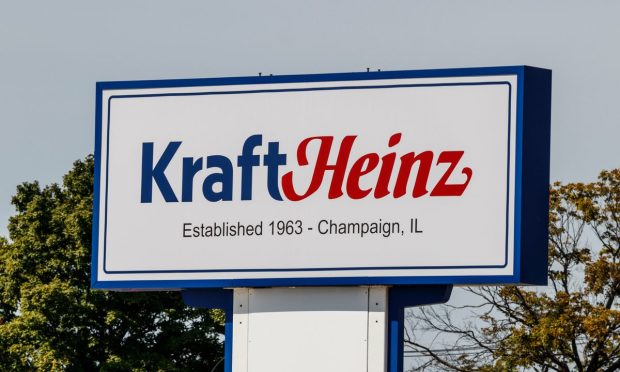Rise in Restaurant Dining Compounds Inflationary Pressure for Kraft Heinz

At a time when brands are concerned that inflation-related price increases will turn consumers away, Kraft Heinz is seeing its sales shift to the most quickly inflating categories. The food and beverage company announced Wednesday (Oct. 27) that, in the third quarter of 2021, food service sales grew 24% year over year, while retail sales saw a slight dip.
On a call with analysts, Chief Financial Officer Paulo Basilio said that as prices continue to rise throughout 2022, the company aims to go into next year with a price plan that it promises will protect against these concerns.
“I don’t want to get into the actual forecasting of pricing,” he said, “but I can tell you that the actions that we’re taking now will protect the inflation that we are seeing and it will protect our profitability from this inflation that we are seeing in the current cost levels, and this could put us in a good position to enter ‘22.”
However, though the company has seen success with its pricing initiatives so far, there is only so much that is within Kraft Heinz’s control, as restaurant prices skyrocket in comparison to food retail prices. In fact, the October 2021 U.S. Department of Agriculture (USDA) forecast finds that food-away-from-home prices have increased 44% more than food-at-home prices in the last 12 months, with the former increasing 3.6% and the latter 2.5%. As such, while earlier in 2021 the return to restaurant dining seemed like great news for food and beverage brands, now with inflationary concerns looming large, reliance on the food service channel poses significant risks.
See also: As Restaurant Prices Rise, Consumers May Give Grocery Stores a Second Look
Back in the first half of 2021, it seemed that the turn toward food service would be the ticket to the company’s success as mobility increased. Across the industry, food and beverage brands were touting their rising away-from-home sales and discussing initiatives to capitalize on this trend. Now, however, as prices continue to creep upward, businesses that rely on food service sales may soon feel the impact of consumers’ turn toward less costly channels.
Sure enough, brands and retailers that offer consumers affordable ways to get their food needs met without springing for restaurant meals have been seeing great success in recent months. Premium frozen food brands have been rapidly building out their audiences, while grocery giant Kroger’s meal solution service Home Chef has grown fourfold in the past three years, reaching more than $1 billion in annual sales.
Real Good Foods Aims to Raise $86 Million in IPO, Eyeing eCommerce Growth
Still, despite indications that consumers are growing frustrated with rising prices and beginning to seek out alternatives, Kraft Heinz believes that it will be able to maintain its profit margin.
Miguel Patricio, the company’s chief executive officer and director, told analysts, “You can see that today, with all the inflationary pressure that we’re seeing and the gap that we have in between the pricing realization and the cost inflation, we are keeping the gross profit margin the same level that we have at pre-pandemic, and this gives us a lot of confidence in our plan going forward.”
